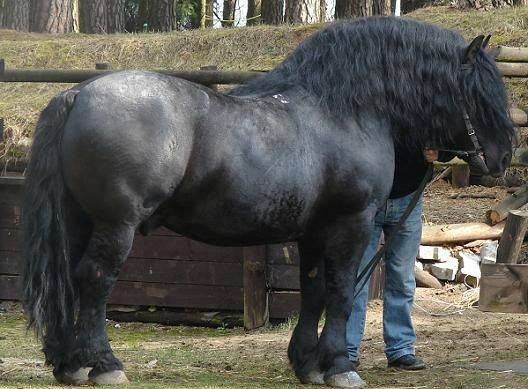
Selection signatures in selected Polish horse breeds
Selective breeding in horses has resulted in a variety of observable characteristics, the so called phenotype. Since the domestication of horses, selection criteria were aimed at improving horses for use in transportation, agriculture and horsemanship.
Current selection is mostly aimed improving appearance and performance characteristics, where usually within breeds a large uniformity can be observed. Recent developments in genotyping methods created the opportunity to study regions on the genome influenced by selection. The aim of this study was to identify selection signatures in six different horse breeds.
The study was executed by using a measurement for locus-specific allele frequency variation to identify population differentiation. The breeds were divided in three categories: light horses (Arabian and Malopolski), primitive breeds (Polish Konik and Hucul) and draft horses (Sokolski and Sztumski).
The results highlighted several selection signals and regions and genes connected with processes like energy homeostasis during physical effort, heart functioning, fertility, disease resistance and motor coordination. All potentially important for breed phenotypic differentiation. In addition, two loci were identified that regulated body size in draft and primitive horses. In the Polish Konik a selection signal was identified at the locus of an earlier identified gene, that is shown to be responsible for the dun coat colour in other horse breeds.
Expert opinion by Anouk van Breukelen
Further functional and comparative studies are needed to confirm the results and observe the effect on the diversity in the breeds.
> From: Gurgul et al., PLOS One 14 (2019) e0210751. All rights reserved to Creative Commons Attribution License. Click here for the online summary.


